Up in Minnesota’s Northwoods, Itasca County—home to the Mississippi’s headwaters and vast wilderness—employs a powerful tool for understanding its landscape: GIS. This article serves as your guide to Itasca County’s GIS, exploring the wealth of information it offers, from property lines and taxes to environmental data and recreational opportunities. Whether you’re a homeowner, a business owner, a researcher, or simply curious about the area, this guide will unlock the potential of Itasca County’s GIS.
Exploring Itasca County GIS Data
The Itasca County GIS (Geographic Information System) offers a wealth of geographic data, readily accessible to both professionals and the public. This expanded guide will walk you through the essential resources and illustrate their practical applications.
Using the Itasca County GIS Web Application
The Itasca County GIS Web Application is your primary gateway to the county’s geospatial data. [https://www.lolaapp.com/itasca-county-mn-gis] This interactive map provides access to numerous layers of information, from property lines and tax assessments to environmental features and infrastructure. Explore zoning regulations, discover the topography of your favorite hiking trail, or investigate the county’s network of roads and bridges—the possibilities are vast.
Downloading GIS Data from MN Geospatial Commons
The Minnesota Geospatial Commons allows you to download Itasca County GIS datasets in various formats, including shapefiles, ESRI files, geodatabases, and geopackages. [https://www.lolaapp.com/itasca-county-mn-gis] This ensures compatibility with a wide range of software. The Tax Parcels dataset is particularly valuable, providing comprehensive land ownership information, including details on right-of-ways, condominiums, and undivided interests.
Accessing Property Details with the Itasca County Parcel Info System
The Itasca County Parcel Info System offers comprehensive details about specific land parcels, including tax classifications and valuations. This system is often linked directly to the Itasca County GIS map, providing a visual context for the data. [https://www.lolaapp.com/itasca-county-mn-gis]
The Role of Itasca County Surveying & Mapping
The Itasca County Surveying & Mapping Department plays a vital role in maintaining the accuracy and reliability of the GIS data. They manage Public Land Survey monuments, maps, and associated records, ensuring the trustworthiness of the county’s geographic information.
Utilizing Third-Party Resources
Beyond the official county resources, third-party platforms can offer additional perspectives. Sites like County Office may provide street maps, satellite imagery, and terrain maps, while platforms like Maphill might offer detailed road maps and embed codes for integration into websites.
Real-World Applications of Itasca County GIS
Itasca County GIS data has diverse applications, supporting urban planning, emergency response, environmental impact assessment, and more. It enables informed decision-making and efficient resource allocation across various sectors.
The Future of Itasca County GIS
Staying informed about planned improvements, new data layers (potentially including real-time traffic or weather information), and advancements in geospatial technology is crucial for maximizing the benefits of Itasca County GIS. [https://www.lolaapp.com/itasca-county-mn-gis]
Summary of Itasca County GIS Resources
| Resource | Description | User Friendliness | Data Formats |
|---|---|---|---|
| Itasca County GIS Web App | Interactive map for exploring data layers. | High | Varies |
| MN Geospatial Commons | Downloadable Itasca County GIS datasets. | Moderate | Multiple Formats |
| Itasca County Parcel Info System | Detailed property info, tax data, and links to the GIS map. | High | Varies |
Consult tutorials and help documentation for each resource to enhance your understanding and efficiency. By exploring Itasca County GIS, you gain access to valuable geographic knowledge.
Discovering Itasca County: A Guide to its Cities and Towns
Itasca County, nestled in northeastern Minnesota’s Iron Range, is a vibrant tapestry of communities. Sixteen incorporated cities and numerous smaller towns and settlements—57 populated places in all—contribute to the county’s rich character. From the bustling county seat of Grand Rapids to the tranquil shores of Deer Lake and the historic logging town of Cohasset, Itasca County offers a diverse range of living experiences.
Grand Rapids serves as the county’s central hub, while smaller communities like Bigfork (with its logging heritage) and Marble (a former mining town) offer glimpses into the past. Towns like Calumet and Nashwauk, each with its distinct character, add to the county’s overall charm. These communities offer a close-knit atmosphere and a slower pace of life, fostering neighborly connections.
The Itasca County GIS [https://www.lolaapp.com/itasca-county-mn-gis] is your digital guide to this diverse landscape. This interactive map provides a wealth of information, allowing you to explore the county’s geography, find points of interest, and plan your adventures.
While GIS provides valuable geographical context, it’s the human element that truly brings Itasca County to life. The stories of local businesses, the traditions of small towns, and the hopes and dreams of the residents weave together to create the unique social fabric of this region.
| City/Town | Approximate Population | Notable Features |
|---|---|---|
| Grand Rapids | ~11,000 | County seat, major commercial hub, Mississippi River headwaters nearby |
| Cohasset | ~1,300 | Historic logging town, scenic landscapes |
| Deer River | ~900 | Gateway to the Chippewa National Forest, outdoor recreation |
| Bigfork | ~450 | Logging history, scenic beauty |
| Marble | ~700 | Former mining town, historic significance |
| Calumet | ~350 | Small-town charm, Iron Range history |
| Nashwauk | ~950 | Mining history, close-knit community |
| Other Towns/Settlements | Varied | Numerous smaller communities contribute to Itasca County’s diversity |
Note: Population figures are approximate and may vary. Some of these figures are estimates, and census data might offer more precise numbers. The characteristics of these locations may also change over time due to economic and social factors.
Understanding GIS: Beyond Google Maps
While Google Maps utilizes GIS technology, it represents just one application of a much broader system. GIS is a comprehensive framework for capturing, managing, analyzing, and visualizing geospatial data, while Google Maps primarily focuses on navigation and visualization.
Google Maps excels in providing directions, exploring points of interest, and offering a user-friendly interface. GIS, however, empowers users to analyze environmental changes, track disease outbreaks, plan urban development, and model future trends. It provides a depth of analytical capabilities that extends far beyond simple navigation.
Itasca County’s GIS resources exemplify the practical application of this technology. Resources like the GIS Map Viewer and Corner Card Viewer provide public access to crucial geographic information. [https://www.lolaapp.com/itasca-county-mn-gis] These tools enable residents to access information about zoning regulations, locate parks, and understand property boundaries.
| Feature | Google Maps | GIS Platforms |
|---|---|---|
| Primary Use | Navigation, visualization | Data analysis, management, and modeling |
| User Interface | User-friendly, simple | Can be more complex |
| Functionality | Limited to specific features | Highly customizable, extensive toolset |
| Data Depth | Surface level | In-depth, multi-layered |
| Accessibility | Publicly available | Often requires specific access or software |
Choosing between Google Maps and a dedicated GIS platform depends on your specific objectives. For simple navigation, Google Maps suffices. For complex analysis and data management, a robust GIS system is necessary. Furthermore, GIS is a constantly evolving field, with emerging technologies continually expanding its capabilities. Current research suggests exciting possibilities, including 3D city models, real-time disaster tracking, and predictive modeling.
Demystifying Mapping in GIS
Mapping in GIS is more than just creating static maps—it transforms raw data into visual stories, revealing hidden patterns and empowering informed decision-making. Itasca County, for instance, utilizes GIS for tasks ranging from infrastructure planning to emergency response. [https://www.lolaapp.com/itasca-county-mn-gis]
While Google Maps utilizes GIS principles, GIS mapping offers a far more extensive toolkit. It combines powerful hardware and software with diverse data sources (satellite imagery, aerial photography, surveys, databases) to analyze complex data, predict trends, and simulate scenarios.
Key Components and Functionality of GIS Mapping
GIS mapping relies on an interplay of hardware and software. Powerful computers process vast amounts of data, GPS devices provide precise location information, and advanced software like ArcGIS integrates these elements. The process typically involves data collection, data management, spatial analysis, and visualization. These steps allow for the creation of dynamic maps, charts, graphs, and other interactive visuals that convey complex information effectively.
Real-World Applications of GIS Mapping
The applications of GIS mapping are vast. Urban planners use it to design sustainable cities, environmental managers track deforestation, businesses optimize logistics, and emergency responders coordinate disaster relief. GIS provides the “location intelligence” needed to understand and address real-world problems.
Itasca County: GIS in Action
Itasca County exemplifies the benefits of GIS by making its data publicly available online. [https://www.lolaapp.com/itasca-county-mn-gis] This empowers residents and businesses to access valuable information about property boundaries, zoning regulations, and community resources, fostering informed decision-making and community engagement.
The Future of GIS Mapping
The field of GIS is constantly evolving, integrating technologies like AI, machine learning, and big data analytics. These advancements promise a future with real-time data updates, intricate 3D visualizations, and even augmented reality overlays, offering exciting possibilities for how we interact with our world. Current research suggests a future where GIS plays an even more crucial role in our understanding of the world around us.
Don’t forget to explore the geographic intricacies of Iredell County, NC with our comprehensive Iredell County NC GIS resources.
- Revolution Space: Disruptive Ion Propulsion Transforming Satellites - April 24, 2025
- Race Through Space: Fun Family Game for Kids - April 24, 2025
- Unlocking the Universe: reading about stars 6th grade Guide - April 24, 2025
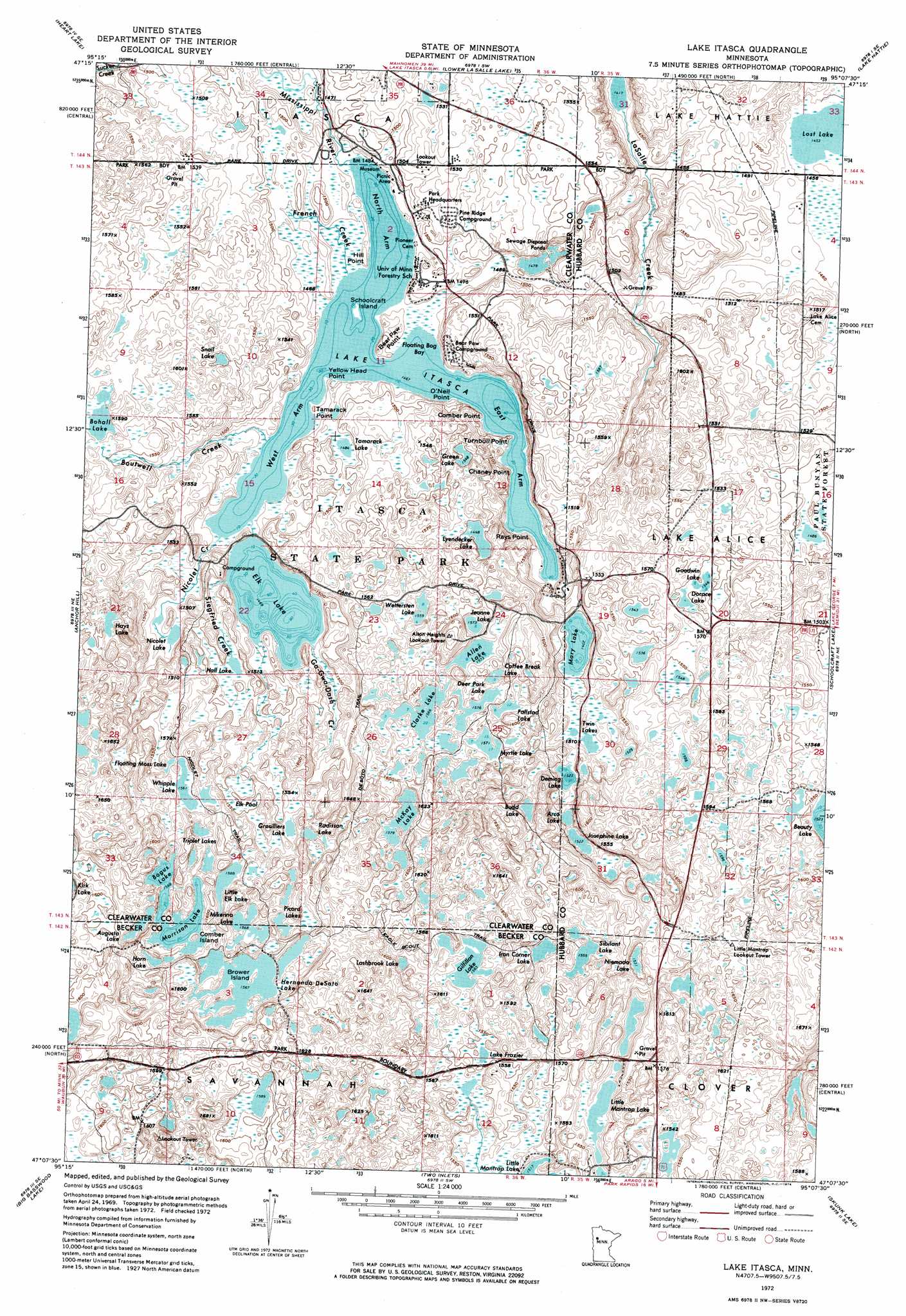
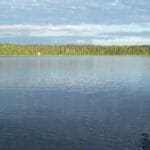

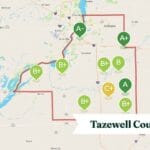

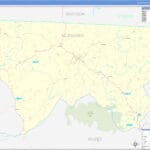
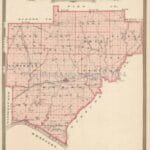










2 thoughts on “Accessing and Utilizing Itasca County GIS Data: A Comprehensive Guide”
Comments are closed.